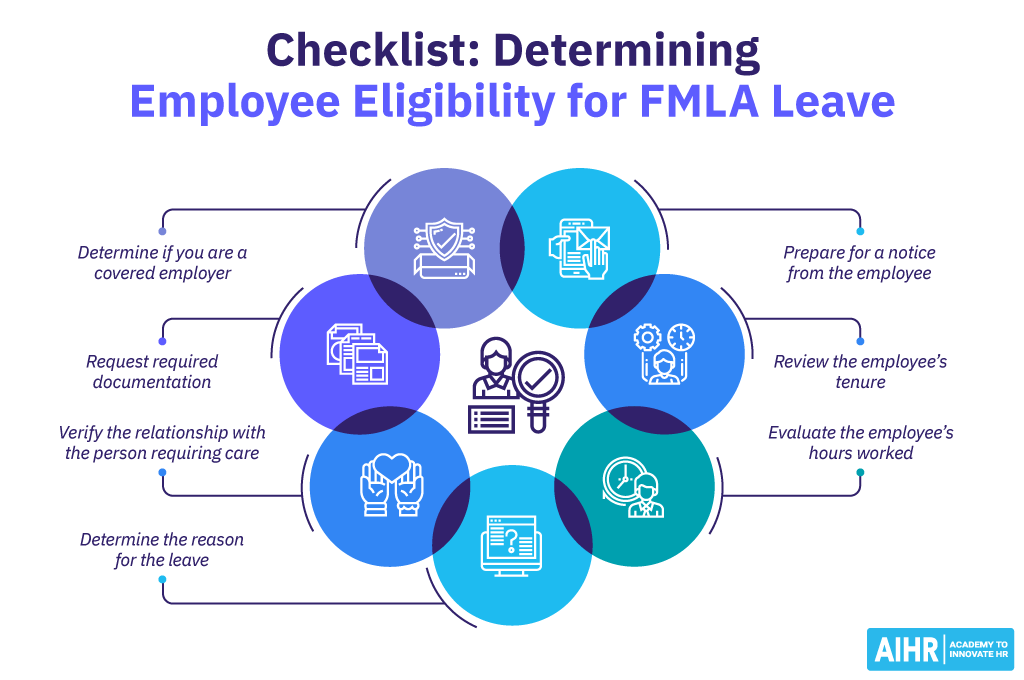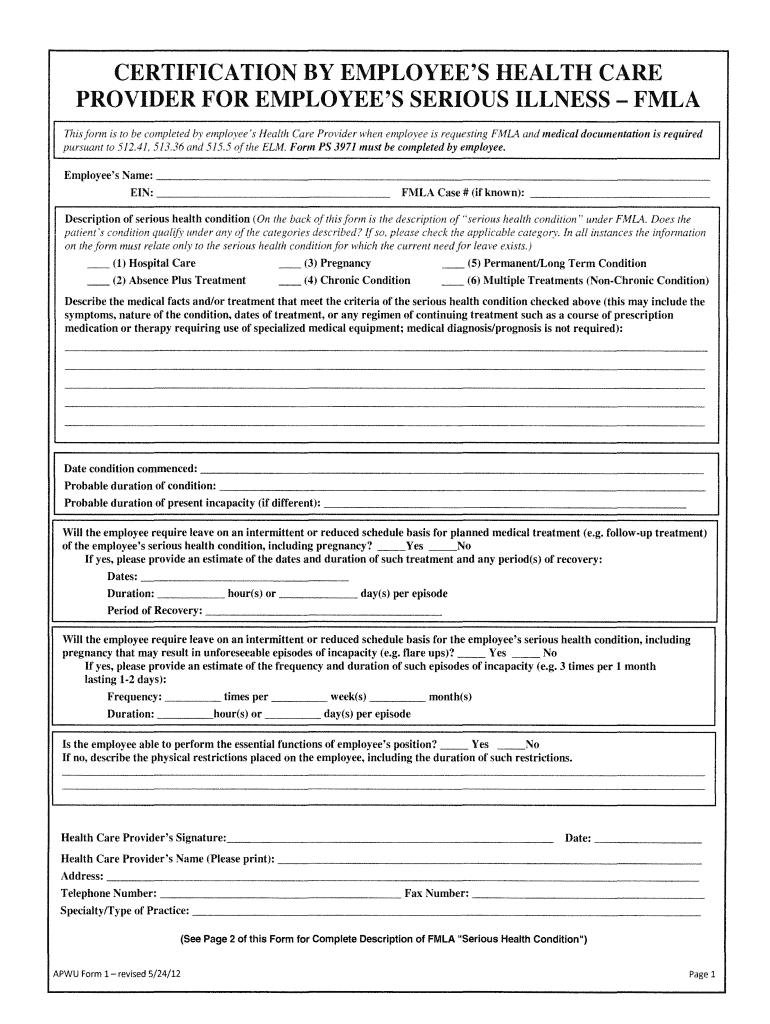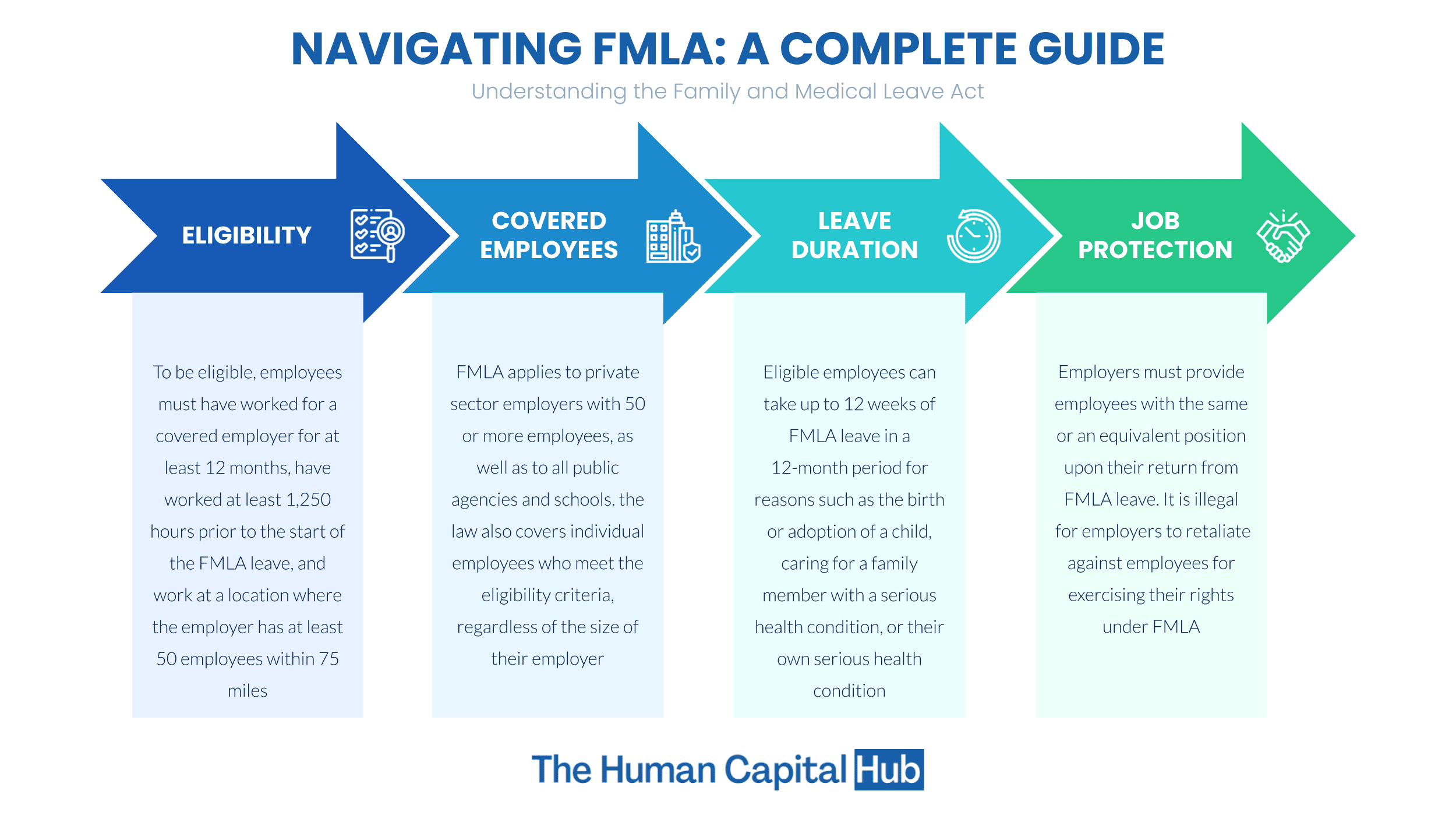5 Essential Tips for Managing FMLA Paperwork

Managing Family and Medical Leave Act (FMLA) paperwork can be an intricate task for both employees and employers. FMLA provides eligible employees with up to 12 weeks of unpaid, job-protected leave per year for specified family and medical reasons. However, ensuring compliance with this law requires meticulous record-keeping and understanding of several key principles. This blog post will provide you with five essential tips to streamline the management of FMLA paperwork effectively.
1. Understand FMLA Regulations and Eligibility

Before you dive into managing FMLA paperwork, it’s critical to understand the regulations and know who qualifies for leave:
- Eligibility Criteria: Employees must have worked for the company for at least 12 months, have worked at least 1,250 hours over the past 12 months, and the company must employ 50 or more employees within 75 miles of the employee’s worksite.
- Qualifying Reasons: FMLA covers events like childbirth, adoption, caregiving for a family member, or a serious health condition.

2. Develop Clear Company Policies

Having a clear, written policy is crucial for:
- Reducing misunderstandings about leave rights.
- Providing guidance on how to request leave.
- Ensuring HR teams know how to process and track FMLA requests.
Here are some elements your policy should include:
| Policy Element | Details |
|---|---|
| Eligibility Criteria | Who can take FMLA leave based on FMLA rules and your company size. |
| Leave Request Process | How and when employees should apply for leave. |
| Documentation Required | What forms or medical certifications are needed. |
| Timekeeping & Tracking | How leave time will be counted and recorded. |

📝 Note: Ensure your policy complies with federal, state, and local laws.
3. Use Technology to Simplify Tracking

Implementing technology solutions can significantly reduce the administrative burden of managing FMLA paperwork:
- HR Software: Use HR systems that have FMLA tracking modules to automate much of the paperwork, reduce errors, and ensure compliance with leave duration.
- Electronic Submission: Allow employees to submit paperwork electronically, which can speed up the process and reduce paper clutter.
4. Train Your HR Team

Your HR team is the frontline in managing FMLA requests. Here’s how to keep them knowledgeable:
- Regular Training Sessions: Schedule periodic training to keep everyone up-to-date with FMLA regulations.
- Create a Resource Hub: Provide a central repository of FMLA forms, guides, and frequently asked questions.
- Simulated Scenarios: Conduct training through case studies or simulated FMLA scenarios to enhance problem-solving skills.
💡 Note: Training should also cover how to handle sensitive information with confidentiality.
5. Maintain and Organize Records Efficiently

Keeping FMLA records organized and accessible is not just good practice; it’s a legal necessity:
- Standardize Filing: Use uniform folders and filing systems to track leave requests, certification, and other documentation.
- Digital Records: Consider digitizing records to reduce physical storage, ensuring secure access, and easy retrieval.
- Retention Policy: Establish a policy on how long FMLA records should be retained, keeping in mind that they must be available for legal scrutiny for a minimum of three years.
In navigating the complexities of FMLA, the key points revolve around understanding the regulations, establishing clear policies, leveraging technology, training staff, and maintaining records. By following these tips, you can ensure compliance and reduce the stress associated with managing FMLA paperwork. The essence of effective FMLA management lies in being prepared, informed, and organized, which not only benefits the employer in maintaining legal compliance but also supports employees in exercising their rights to leave.
What documentation is needed to support an FMLA leave request?

+
Employees need to provide medical certification detailing the health condition, its expected duration, and any necessary leave specifics. Additionally, some employers might require a statement of family relationship for caregiving requests.
Can an employee take FMLA leave intermittently?

+
Yes, FMLA allows for intermittent leave for chronic conditions or ongoing treatment, provided it’s medically necessary and the employer is notified.
How does FMLA affect an employee’s job security?

+
FMLA provides job protection by mandating that employees return to the same or equivalent position upon completion of their leave. However, there are exceptions where the position might be affected by layoffs or business restructuring.
What if an employee needs more than 12 weeks of FMLA?

+
Standard FMLA provides up to 12 weeks, but extensions or additional leave types might be available under state laws or company policies. Employees should inquire about such options with their HR department.